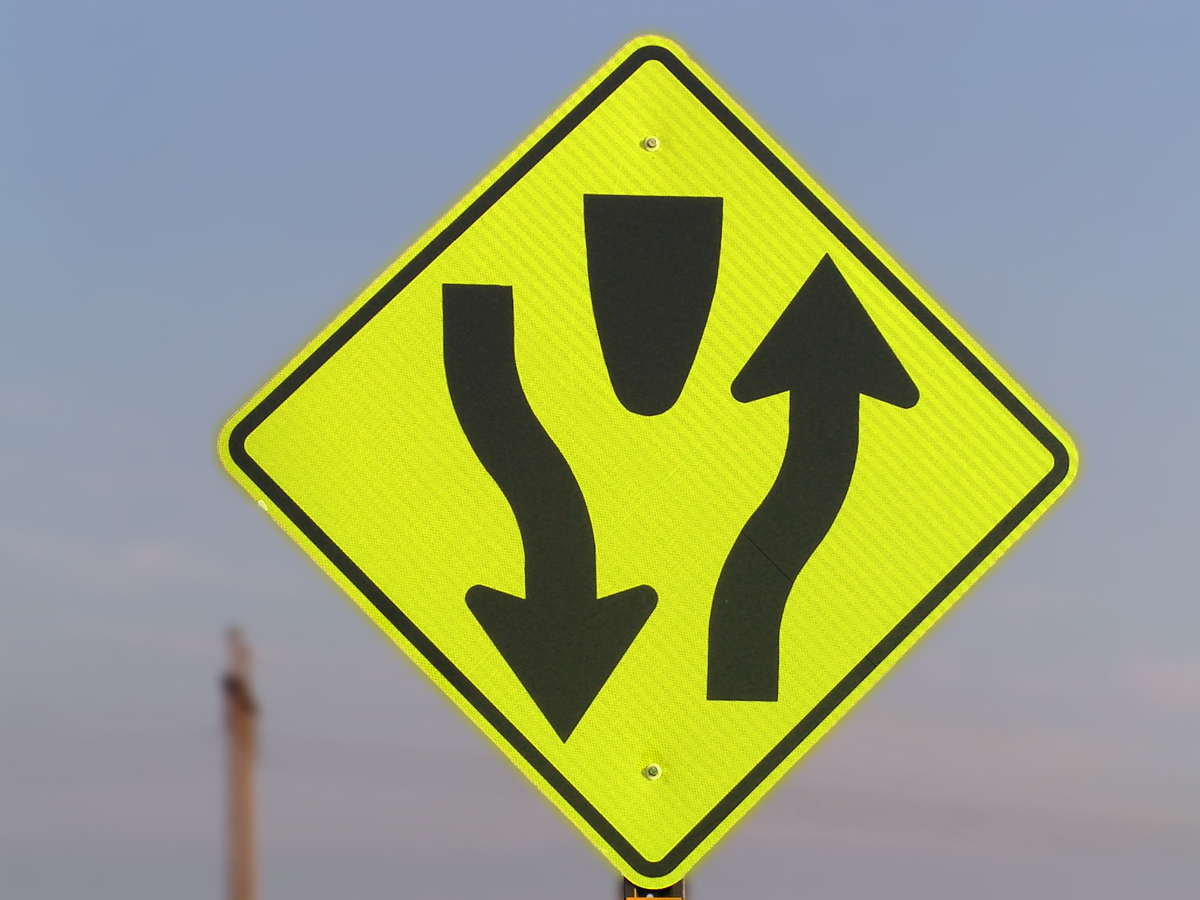
02 Mar How often should I take Required Minimum Distributions (RMDs)?
Photo: bosela/morguefile.comQ. Is it good idea to take Required Minimum Distributions (RMDs) each month or once a year? I have to take one in 2016 after Nov 11, 2016.
A. The answer to this one isn’t the same for everyone.
Let’s first get to the rules.
Generally, RMDs are minimum amounts that a retirement plan owner must take out of the account every year starting with the year that he turns 70 ½ years of age, said Diahann Lassus, a certified financial planner and certified public accountant with Lassus Wherley in New Providence.
“The Internal Revenue Code requires that you begin taking your distributions no later than April 1 of the year following the year you reach age 70 ½,” she said. “So if you turn 70 ½ on Nov. 11, 2016, that would mean you would have to start your distributions before April 1, 2017.”
However, there is a catch, she said.
If you choose to wait to start your distributions in 2017 rather than 2016, you will end up having to take two distributions in that year, Lassus said. It is important to review the tax impact of the distributions prior to making the decision on how you will take them.
“It is extremely important that you take all RMDs on a timely basis since the penalty for missing all or part of an RMD can be very high,” Lassus said. “A 50 percent tax may be assessed on the part of your RMD that you didn’t take on top of the ordinary income tax due.”
The frequency of how you take distributions — annually, quarterly, monthly — usually depends on your cash flow needs.
“Some folks like taking the distribution early in the year, whereas others — who may not need the money for living expenses — prefer to take it at year‐end, thus giving another year of potential tax‐deferred growth,” said Altair Gobo, a certified financial planner with U.S. Financial Services in Fairfield.
He recommends you do a cash flow analysis to determine the need for the additional money.
If the dollars from the RMD will be a significant portion of your income, you may want to take the distribution on a monthly basis so that it becomes your monthly “paycheck,” Lassus said.
“If you need the dollars at a specific time to make payments such as real estate taxes you may want to establish the distributions to coincide with the payment due date,” she said. “One of the nice features of individual retirement distributions is the flexibility in how you take them.”
If you don’t have a specific need, Lassus said, you can delay the distribution until later and take it all at once. And if your needs change from year-to-year, you can change how you take your distributions.
One other decision you will need to make is whether you want to have the federal and/or state tax withheld from your distribution, Lassus said.
“Having the tax withheld automatically can save you the headache of trying to calculate what you would need to pay in estimated tax payments,” she said.
If you don’t do the withholding or pay estimated payments, you could be subject to an underpayment penalty if you aren’t covered by one of the “safe harbor” rules, Lassus said.
“The basics of these rules is that you need to pay in at least 90 percent of what you owe for the current tax year or 100 percent of the prior year tax liability — or 110 percent if you are what is classified as a `high earner,'” she said.
There are other rules and exceptions, so this is an excellent discussion to have with your financial or tax advisor.
Email your questions to .
This story was first posted in March 2015.
NJMoneyHelp.com presents certain general financial planning principles and advice, but should never be viewed as a substitute for obtaining advice from a personal professional advisor who understands your unique individual circumstances.
